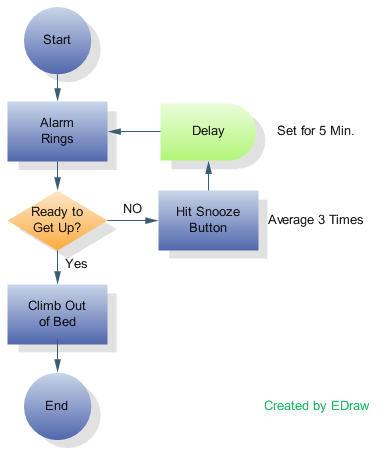The principle of Strategic Discipline consists of three disciplines, meetings, metrics, and priorities. These are the essential tools that John D Rockefeller used to build Standard Oil into the largest company in the world. They are still the essential disciplines that help your business communicate better and establish the fundamental principles to grow.
Strategic Discipline Blog
Strategic Discipline’s Fourth Discipline – Work Process Flow Charts
Posted by Douglas A Wick on Thu, Jul 1, 2010
Topics: Strategic Discipline, Work Process Flow Charts, Michael Gerber, Brand Promise, emyth, Business System, E-Myth Revisited
In Clarity Dissolves Resistance we discussed how many business owners and executives fail to understand the importance of determining a vision for their business. While small business owners [less than $1M in revenue] may be more guilty of this than mid-size business owners, it’s not hard to find this lack of vision in larger companies. The changing economy, advancing technology, competitive pressures, internal challenges all contribute to this so-called fog of war. It can dull the senses and reduce the leader’s appreciation for developing a vision. Setting priorities and communicating them to employees is critical to growth.
Topics: Business Growth, E-Myth, One Page Strategic Plan, Business Vision, Michael Gerber, Strategic Planning, emyth
Even though I’m big supporter and believer in Michael Gerber’s principles as provided in The E-Myth Revisited, Why Most Small Businesses Don’t Work and What To Do About It, and was a Certified E-Myth Coach for ten years, my coaching experience with over 250 small to mid-sized businesses has provided a keen insight into where some of Michael’s assertions don’t always work in the real world.
Topics: Good to Great, E-Myth, Mastering the Rockefeller Habits, emyth
As a Certified E-Myth Coach for over ten years I’m well aware of the value E-Myth Mastery provided business owners with the opportunity to create systems for their business. The Program provided step-by-step documented processes to transform a business with very little structure into an organized, systematic, policy driven company that would produce consistent, predictable results. What’s wrong with that? Absolutely nothing, yet many clients never achieved this degree of success. The challenge often became that the owner became so absorbed in developing systems that he replaced the tactical work in the business with the strategic work ON the business. Many an owner became disillusioned with the process of E-Myth Mastery due to this substitutional approach. One form of tyranny [working in the business had been supplanted by another [working ON].
Topics: Mastering the Rockefeller Habits, emyth








.jpeg?width=150&height=135&name=Hand%20with%20marker%20writing%20the%20question%20Whats%20Next_%20(1).jpeg)

